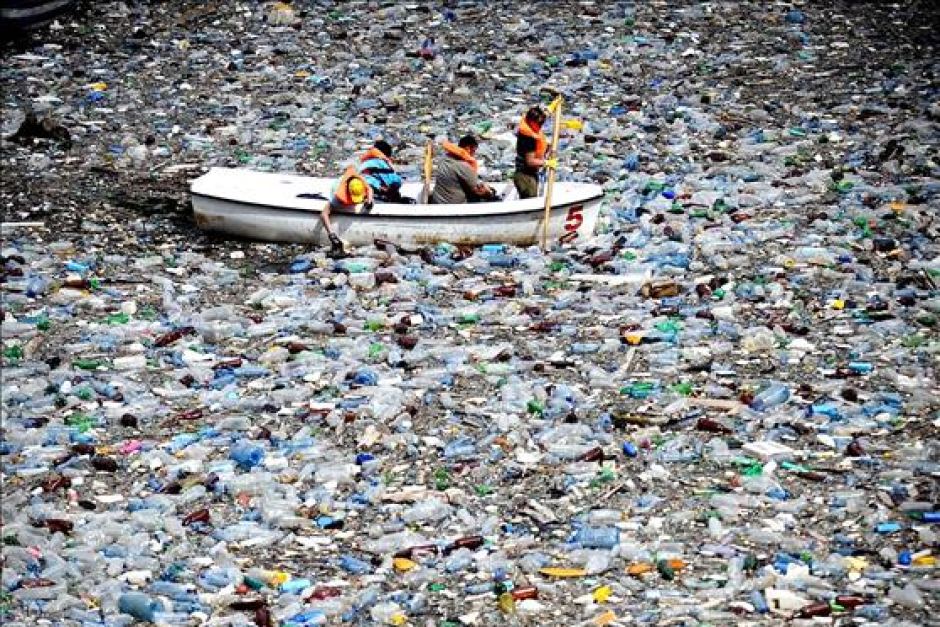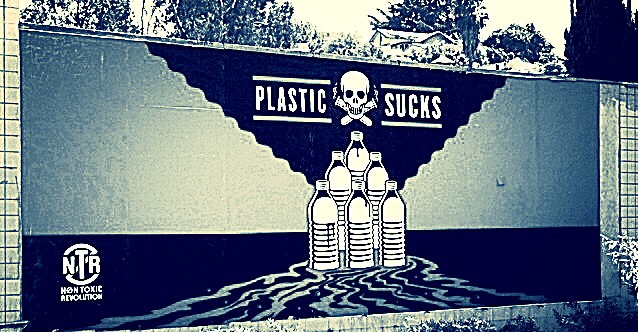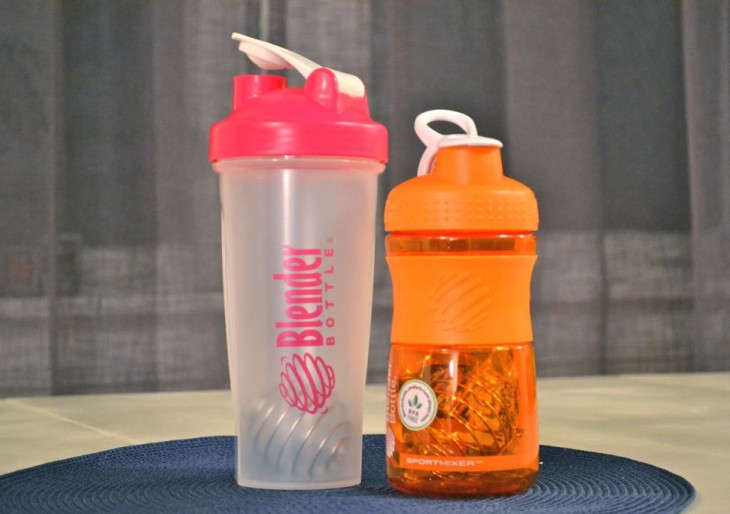We’ve all heard that the recommended amount of water we should be drinking is eight servings per day. But have you ever stopped to think about how you’re getting those eight servings?
A large portion of Americans would say they get their daily dose of water via plastic water bottles. And no, I’m not talking about those multicolored, reusable Camelbaks that so many people are carrying around these days.
I’m talking about the abominations that are clear, plastic disposable water bottles. Sure, they’re convenient, but their overall detrimental effects are not worth it.
Many people argue that bottled water isn’t that bad because plastic is recyclable. Yes, this is true, but it’s estimated that only 1 in 5 plastic water bottles actually end up in a recycling bin. The other 80% end up in landfills where they can sit for up to 1,000 years before being fully degraded.
To put that into perspective, if water bottles had existed in the days of Columbus, they still wouldn’t be fully degraded.

Photo Courtesy of ABC News
Incinerating water bottles doesn’t work either, as the burning of the plastic creates toxic fumes that contribute to the deterioration of the ozone layer. Either way, the earth loses. And if the earth loses, we eventually lose too.
In addition to creating immense waste, the actual production of disposable water bottles has severe negative effects on the environment. The manufacturing process for disposable water bottles uses 17 million barrels of oil annually, which is more than enough oil to power one million cars for a year.

Photo Courtesy of kabntr.org
Additionally, producing water bottles requires three times the amount of water being packaged. So really, the production of disposable water bottles is a wastes not only time, but also space, energy and money.
If reusable water bottles are also made of plastic, aren’t they just as bad? Not at all. The manufacturing process for reusable water bottles is less harmful to the environment, using less energy and emitting fewer harmful gases during production.
Thankfully, many people are starting to come to their senses. In 2013, Concord, Massachusetts was the first city in America to ban the sale of single-serving water bottles.
More recently, San Francisco became the first major city to ban the sale of all water bottles under 21 ounces, with violators facing up to $1,000 in fines. Many national parks also don’t allow vendors to sell disposable water bottles on their grounds.

Photo by Ellen Barry
So please, just buy a reusable water bottle. All the cool kids are doing it. You can find some pretty snazzy ones here. Do it for our planet. Do it for future generations. Do it for your wallet (we all know there’s a stronger beverage we would rather be spending our money on).


